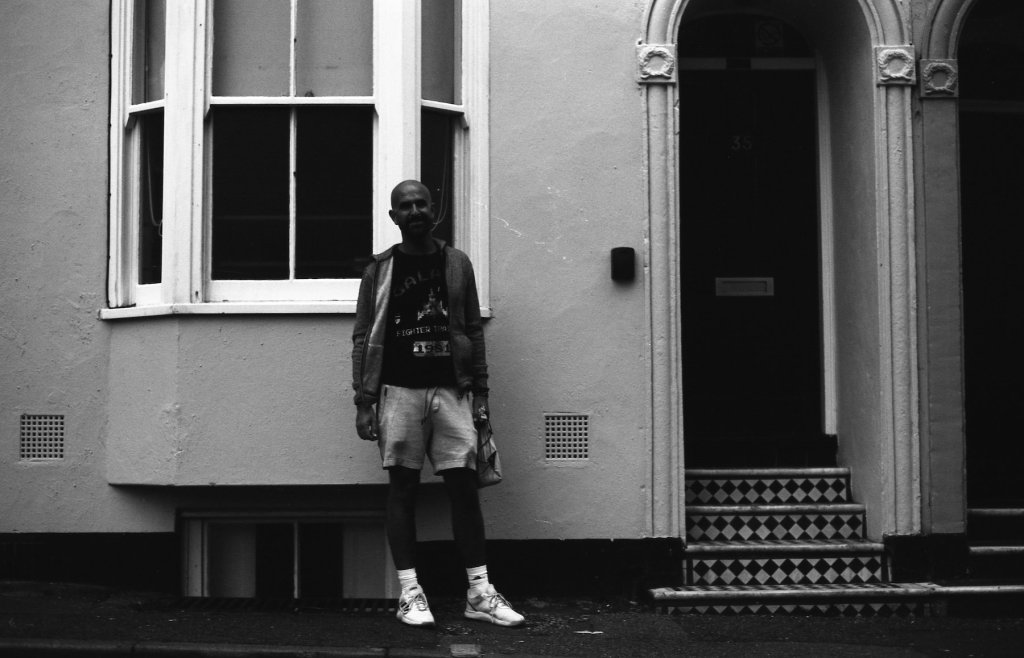My first go with Ferrania P30 was not a resounding success, most of the roll coming out extremely thinly in the shadows giving dark images with mostly blown highlights.
A sense check of the light meter on my Pentax ME-F showed the camera to be operating normally, so I could rule out any issues there. A bit of research online found that some people had more success with the film by treating it as though it has a lower ISO than it’s rated 80, so I set the camera to 50, loaded up my second roll of P30 and took it on a trip to Brighton.
As last time, I developed in Paranol S 1+50 for 14 minutes, and scanned on the Epson V550 with automatic settings. The unedited results are as follows…
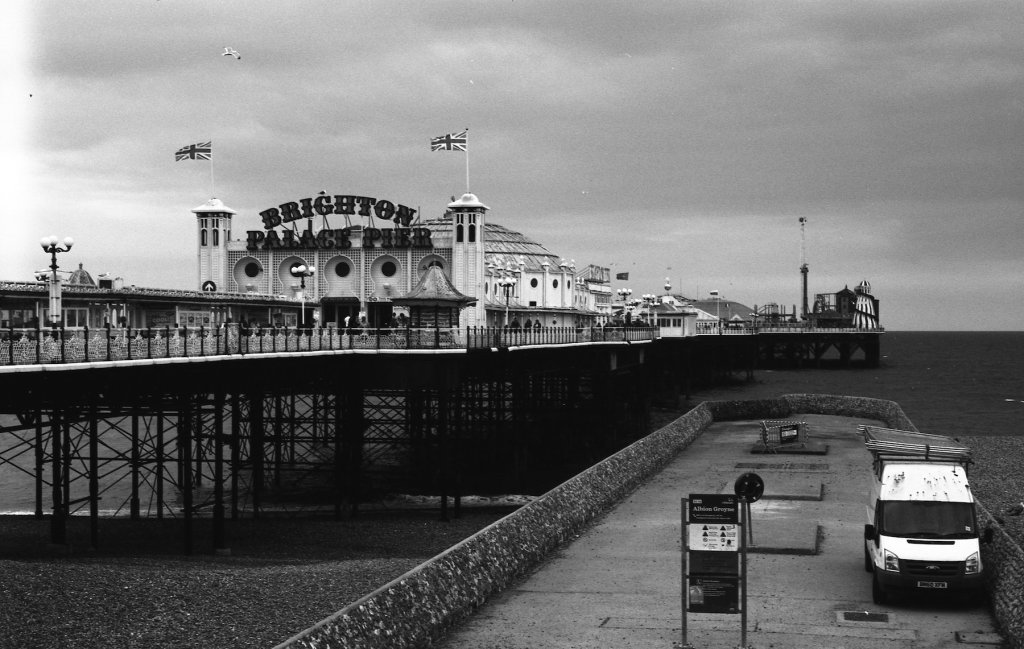

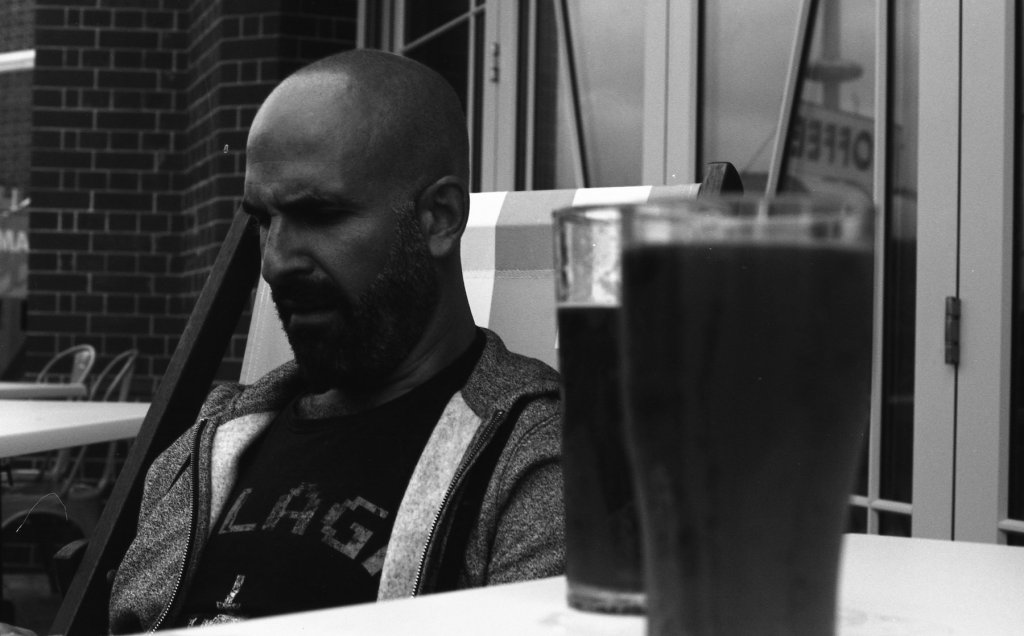

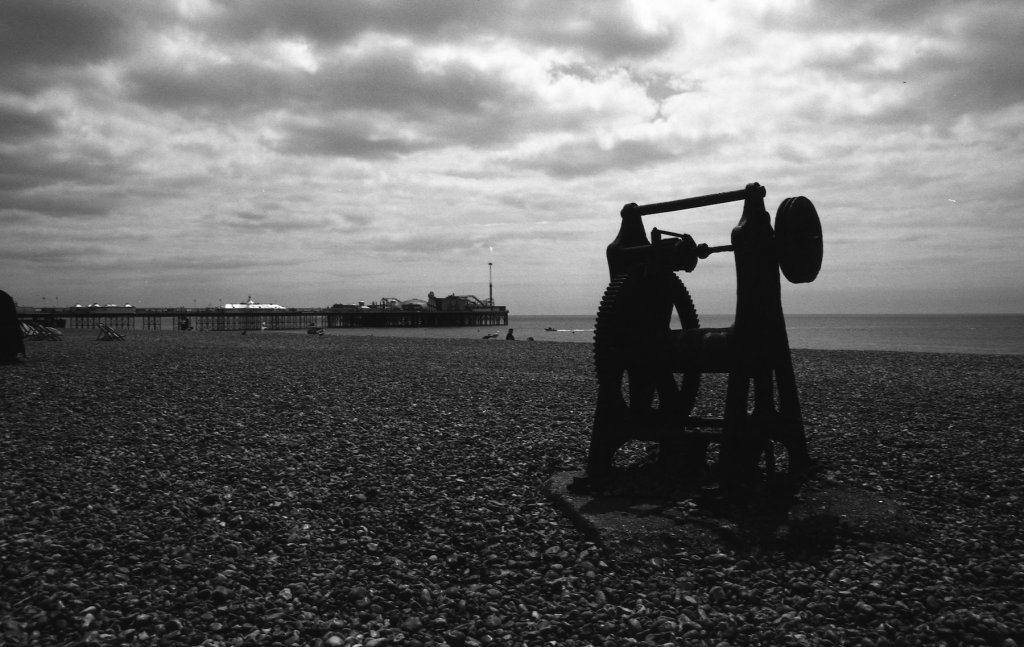




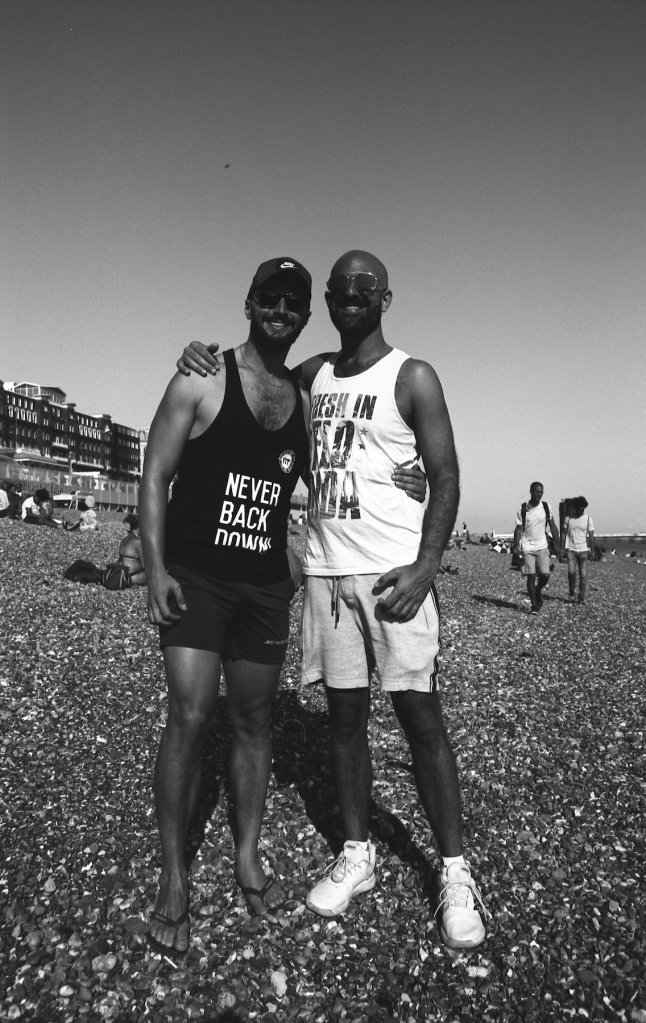

So after all that I don’t really understand what’s going on. The film turned out better than my previous attempt, but it’s still not right. The dark skies and skin rendering suggest that perhaps the film is not properly panchromatic, and has differing sensitivities to different colour wavelengths. Or perhaps there’s something going on in the development and Paranol isn’t the best chemical for the job? Could it be that a flatbed scanner isn’t the right tool for digitising this film?
Other people have certainly had great results from this film, but it’s flummoxing me. This is a difficult and high maintenance product and as much as I’d like to support Ferrania’s enterprise in bring back film to the analogue market, I think I’ll stick to more predictable stock in future.
